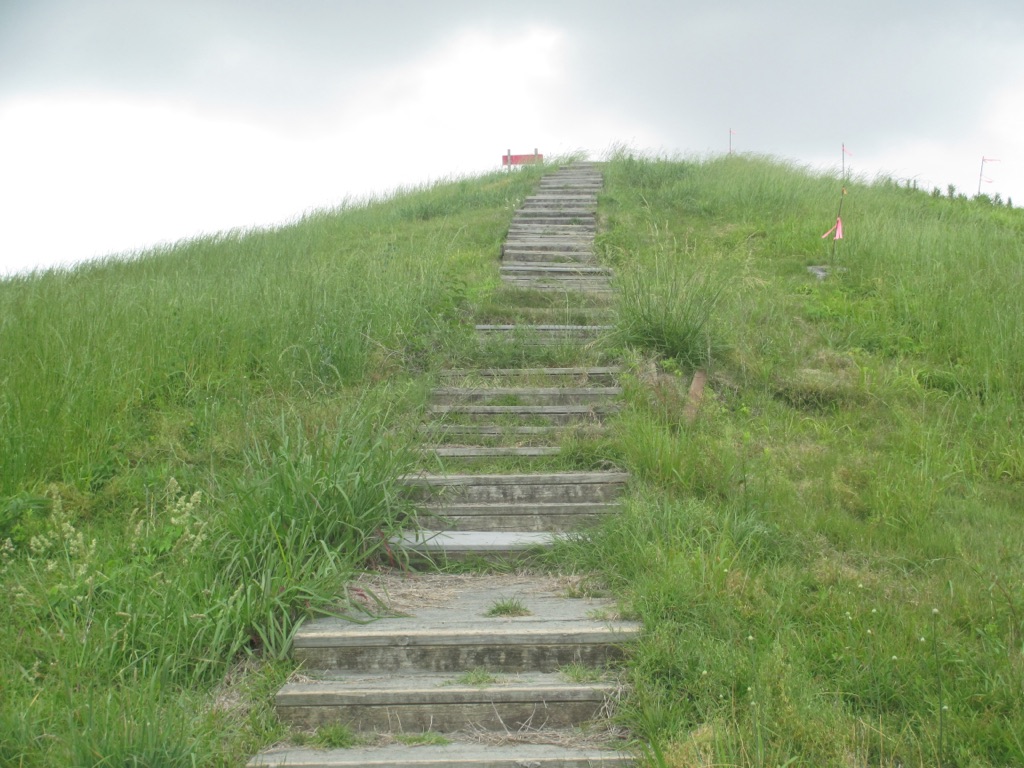Poverty Point is a prehistoric earthworks of the Poverty Point culture, located in the Southern United States. It is one of the most significant archaeological sites in North America, showcasing a complex network of mounds and ridges built by a society that thrived from approximately 1700 to 1100 BC. Recognized as a UNESCO World Heritage Site, Poverty Point offers invaluable insights into the life, culture, and engineering skills of its creators, who were among the earliest inhabitants of the region.
Get your dose of History via Email
Historical Background of Poverty Point
Archaeologists discovered Poverty Point in the early 20th century, but Clarence Webb conducted the first extensive research in the 1950s. The site’s name comes from a nearby plantation, not from any association with economic destitution. The Poverty Point culture, responsible for the site’s construction, remains enigmatic, with little known about their societal structures. However, the site’s complexity suggests a highly organized society with advanced knowledge of engineering and trade.
Researchers believe that the indigenous inhabitants built Poverty Point without the use of beasts of burden or wheeled carts. This feat required an immense human labor force and coordination. The site was not continuously inhabited, but it was a regional center for ceremonial and trading activities. It also appears to have been a residential area for some of its builders.
Throughout its history, Poverty Point has seen various occupants. However, it was not the scene of any known historically significant events after its initial period of use. Its significance lies in its existence and what it reveals about the prehistoric peoples of North America.
The site’s discovery and subsequent studies have not only provided a glimpse into a past civilization but have also challenged previous notions about the complexity and reach of pre-Columbian societies in North America. Poverty Point stands as a testament to the ingenuity of its builders, whose work has endured for over three millennia.
While the builders of Poverty Point are not directly linked to any known historical tribes, their legacy is evident in the monumental earthworks they left behind. These structures have withstood the test of time, offering a tangible connection to North America’s prehistoric past.
About Poverty Point
Poverty Point is renowned for its large-scale earthworks, including six concentric, C-shaped ridges, several mounds, and a central plaza. The entire complex covers about 910 acres. The largest mound, known as Mound A or the Bird Mound, is 72 feet tall and shaped like a bird in flight. The site’s construction would have required moving more than one million cubic yards of soil.
The materials used to build Poverty Point came from as far as 100 miles away, indicating a vast trade network. The earthworks were constructed using hand-built baskets to carry soil, a labor-intensive process that demonstrates the Poverty Point inhabitants’ determination and social organization.
Architecturally, the site is a marvel of prehistoric engineering. The ridges are precisely aligned, suggesting a sophisticated understanding of geometry and astronomy. The central plaza may have served as a communal area for gatherings or ceremonies, highlighting the site’s potential role as a social and religious center.
Despite its age, Poverty Point’s earthworks are still visible today, a testament to the durability of their construction. The site’s layout suggests a planned community, with residential areas located on the ridges and public spaces in the central areas.
The construction methods and architectural highlights of Poverty Point reflect a complex society capable of organizing large-scale projects. The site’s design and execution remain impressive even by modern standards.
Theories and Interpretations
Several theories exist about the purpose of Poverty Point. Some suggest it was primarily a ceremonial center, while others believe it was a central hub for trade. The presence of exotic materials, such as copper and stone from distant regions, supports the idea of widespread trade connections.
The site’s mysteries include the exact social structure of its builders and the methods used to organize the construction of such large earthworks. Some interpretations match the site’s features with astronomical events, proposing that the inhabitants had advanced knowledge of celestial patterns.
Dating of Poverty Point has been carried out using radiocarbon and other methods, confirming its construction and occupation between 1700 and 1100 BC. These findings align with the archaeological evidence of habitation and activity at the site.
While the exact purpose of Poverty Point remains a topic of debate, its significance as a cultural and engineering landmark is unquestionable. The site continues to be a focus of archaeological research, yielding new insights into the prehistoric past of North America.
Interpretations of Poverty Point are continually evolving as new discoveries are made. The site is a crucial piece in the puzzle of understanding the prehistoric societies that once thrived in what is now the United States.
At a glance
Country: United States
Civilization: Poverty Point culture
Age: Approximately 3,700 to 3,000 years old (1700 to 1100 BC)
Conclusion and Sources
Reputable sources used in the creation of this article include:
- UNESCO World Heritage Centre – https://whc.unesco.org/en/list/1435/
- World History Encyclopedia – https://www.worldhistory.org/Poverty_Point/

